3 Museums in One Day
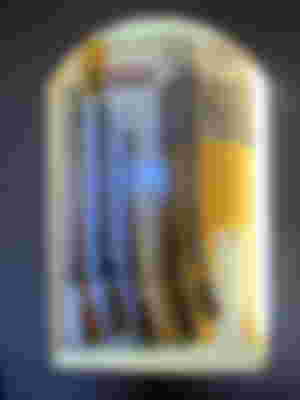
Good day my trusty readers today I will show you around 3 museums from Castle Cornet. There are actually 4 museums but I have already discussed of the first one on another post. If you are curious about it follow the hyperlink.

The 3 Museums I will be talking about today are namely as follows: Royal Guernsey Militia Museum; Royal Guernsey Infantry Light Regimental I Museum; and 201 Squadron RAF Museum. The first 2 museums are in one building so I will talk about them collectively to save us some time and to save my sanity. Don't get me wrong I love writing about them, it's just that sometimes it feels like I am writing a history homework and for sure we can all agree that home works can be a bit of a drag. 😂

Royal Guernsey Militia Museum and Royal Guernsey Light Infantry Regimental I Museum

Built back in 1746 as a garrison hospital, this building now houses two museums. The Royal Militia Museum which has fascinating displays of restored weapons and uniforms and the Regimental I Museum which tells the story of the regiment during World War I.

The Militia was first mentioned back in 1331 but it is believed that even before this date, the islanders have formed an armed body to defend Guernsey. In 1372, during the French invasion, the militia were badly wounded and their only other active service was during the siege of Castle Cornet. For the remaining of its 6 century history, the militia men and their wives quietly guarded the island against all comers.


During The Great War plenty of Guernsey men and women joined the British or Allied Forces. However, in 1916, it was decided that Guernsey should send its own regiment to join the war.

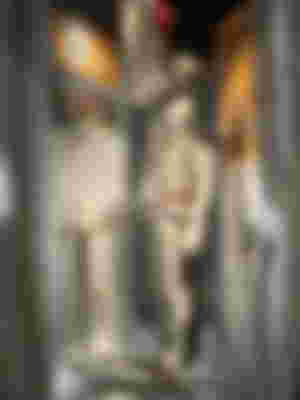
Whilst the upper floor was dedicated to the Royal Militia the ground floor of the building was dedicated to Royal Guernsey Light Infantry and others from Guernsey who took part of The Great War.




201 Squadron RAF Museum

This Museum is "Guernsey's Own" squadron museum, which tell the story of the 201 Squadron, the oldest in the Royal Airforce and was the last to retain a local affiliation. This squadron carried the sobriquet "Guernsey's Own" until it got disbanded back in 2011.


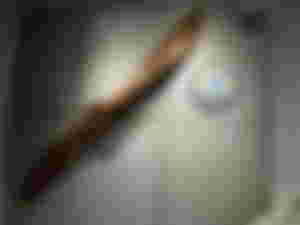
This museum celebrates the 70 years of unique affiliation between No 201 Squadron and the Island of Guernsey. It also commemorates the history and adventures of the 201 Squadron, and pays tribute to its pilots and the plane they flew during their almost 100 years of service.
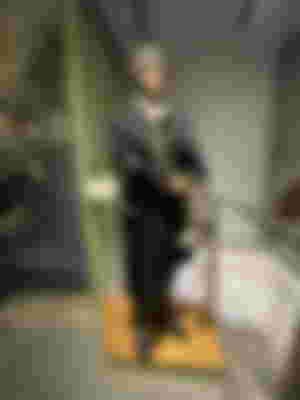

The 201 Squadron was earlier known as No1 Squadron, Royal Naval Air Service back in 1914. But it was renumbered in 1918 when the Royal Airforce was created. They served during the First World War by bringing down the first Zeppelin in 1915.
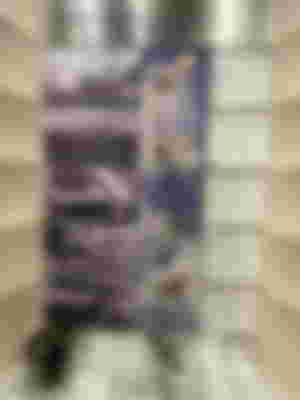

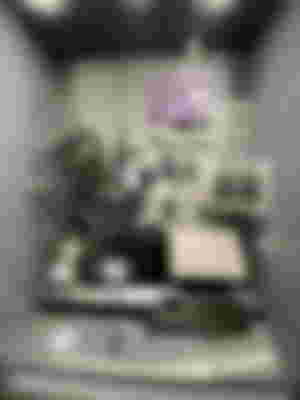
From the later part of the 1920s up to modern times, this particular squadron specialised in maritime reconnaissance. They also played a role during WWII by attacking German U-boats with the use of Sunderland flying boats. The 201 also aided during the Cold War by flying Shackletons and Nimrods. Furthermore, they were also valuable in the search and rescue operations in the Gulf and Afghanistan.
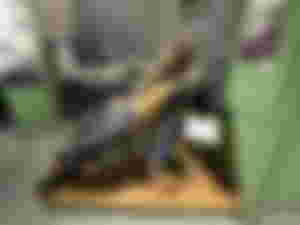

A special link was forged between the Squadron and the island of Guernsey during the dark days just before WWII. During the squadron's 80th anniversary they were granted The Privilege of Guernsey.
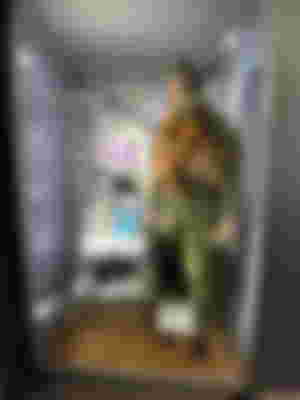

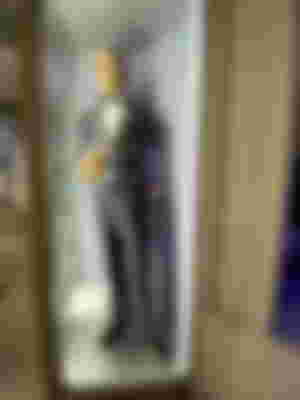
The first squadron museum opened on 1978 was actually located in the castle guardhouse but it was moved to its current location by, my favourite monarch, HM Queen Elizabeth II in 2001.
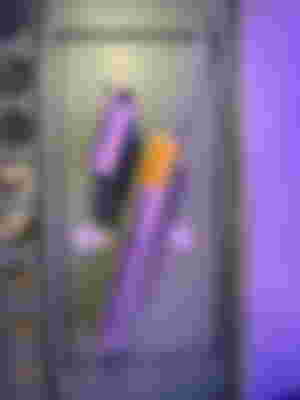


Bottomline, museums are a mirror to the past. It is a place to learn, to day dream, and to reflect on things. It is an indispensable building that ensures that cultures and triumphs are celebrated and defeats and sacrifices are not forgotten. It makes me happy to see museums have evolved to be more interactive and fun so it can appeal to younger audiences of today. Anyway that is all for now. Thank you so much for reading and tagging along my tour. I appreciate you. I hope you enjoyed this. x
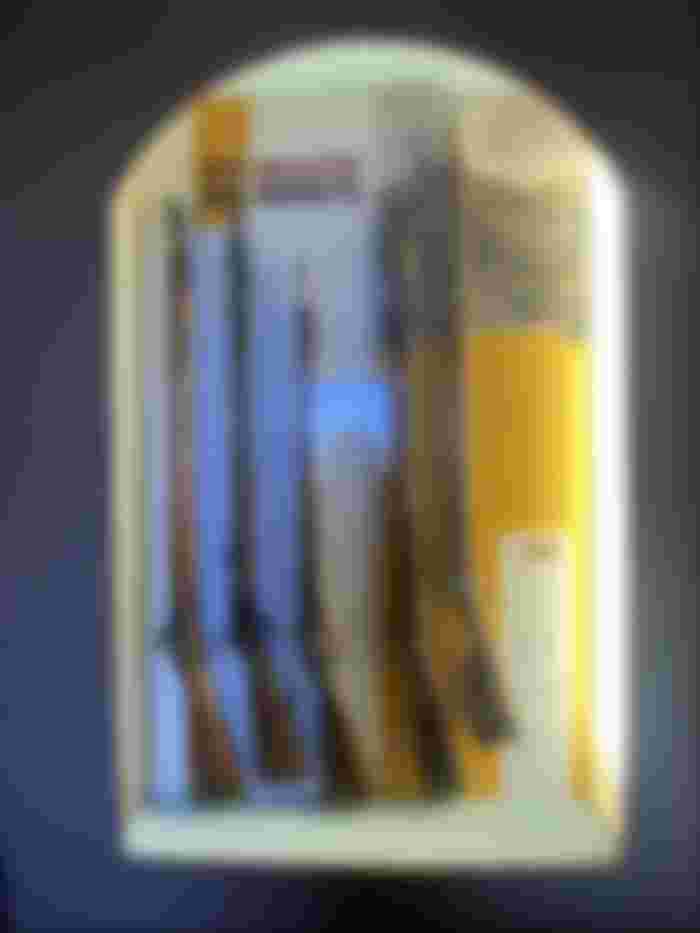

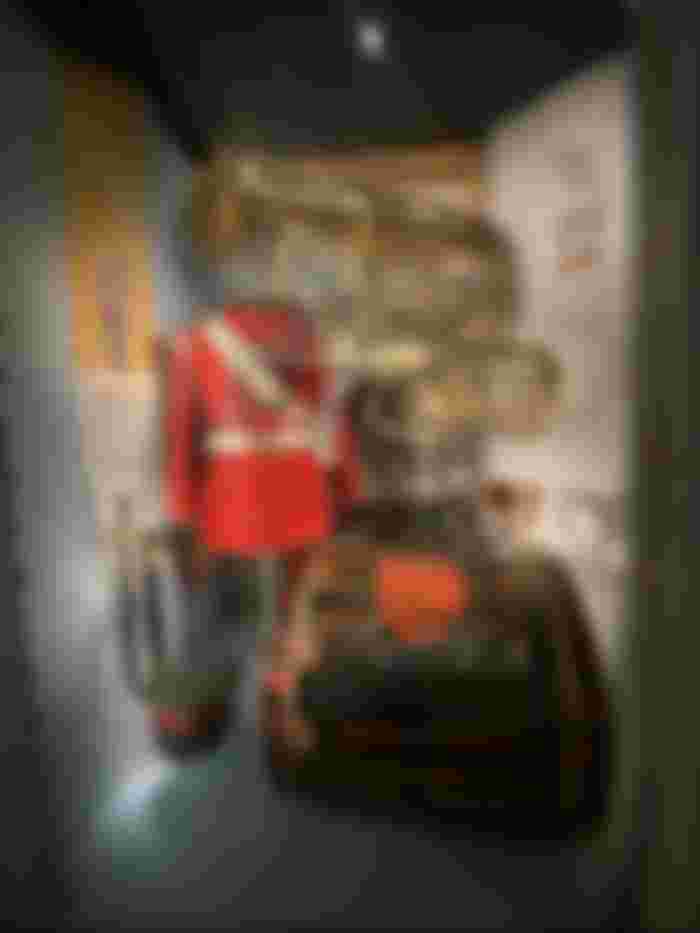




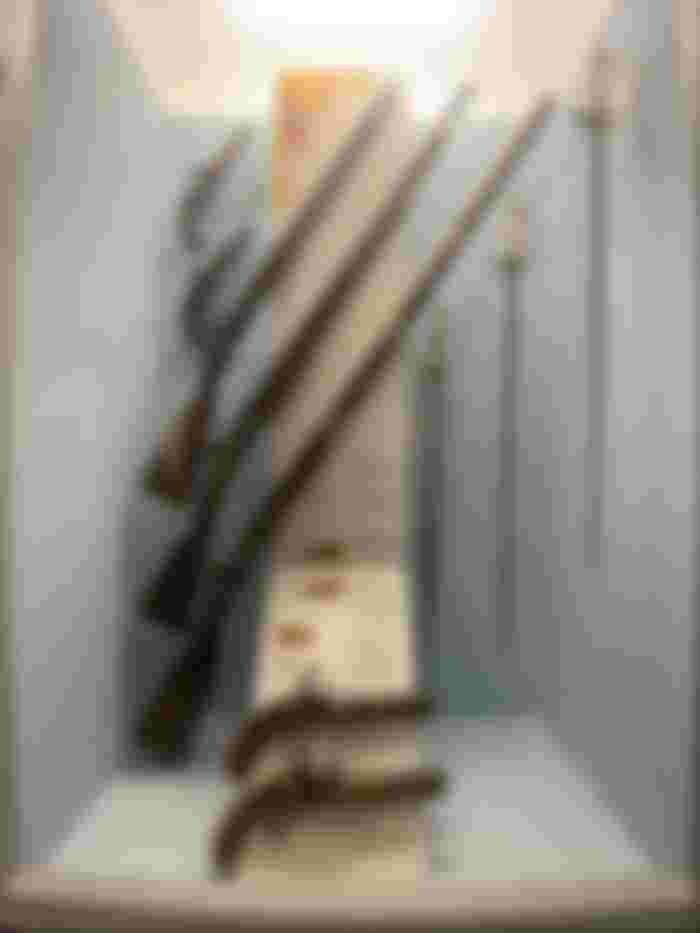
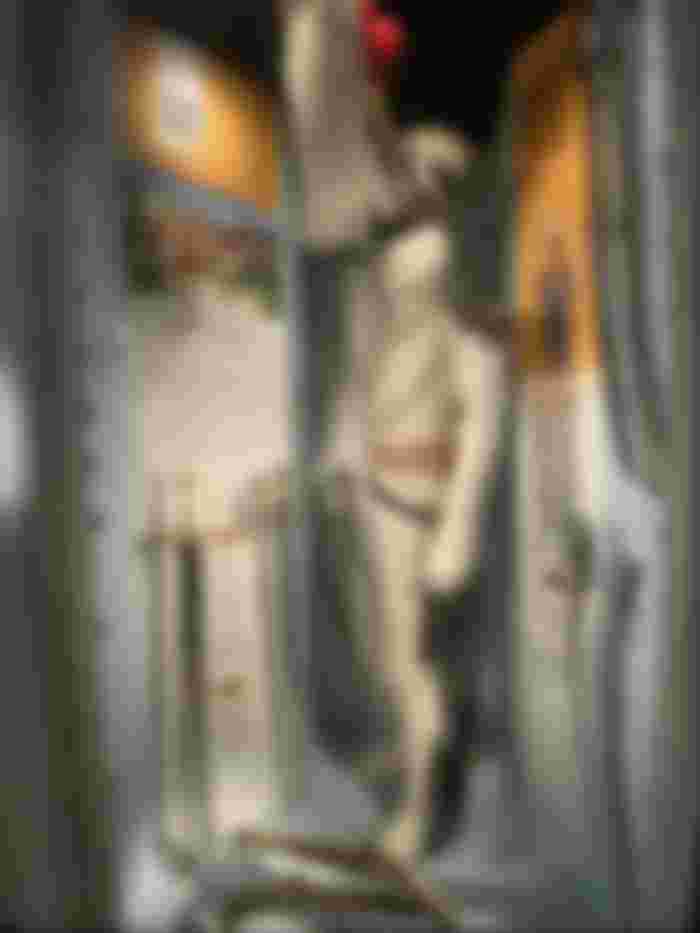

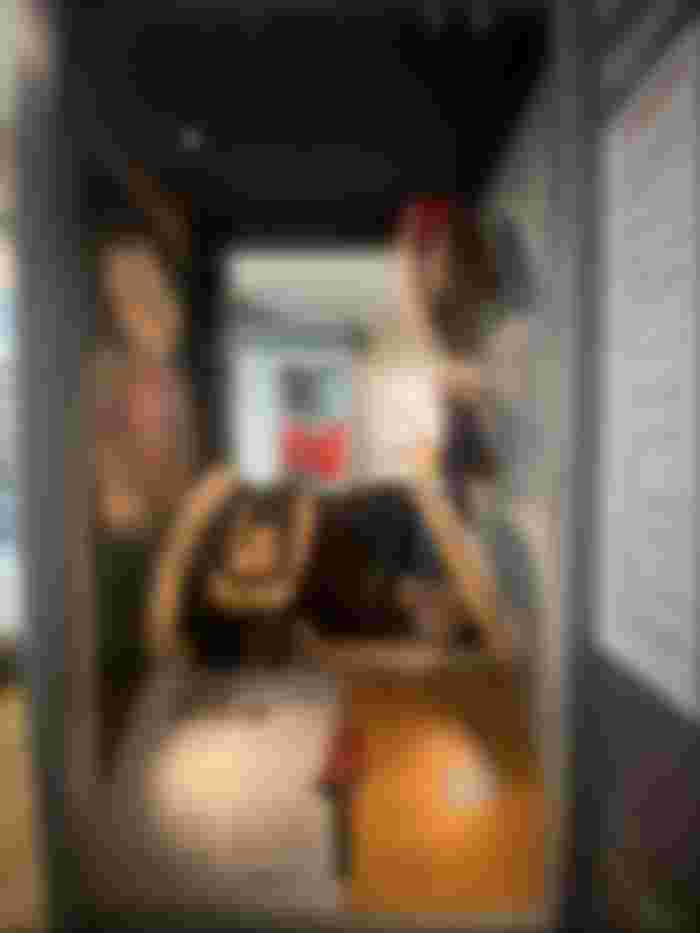


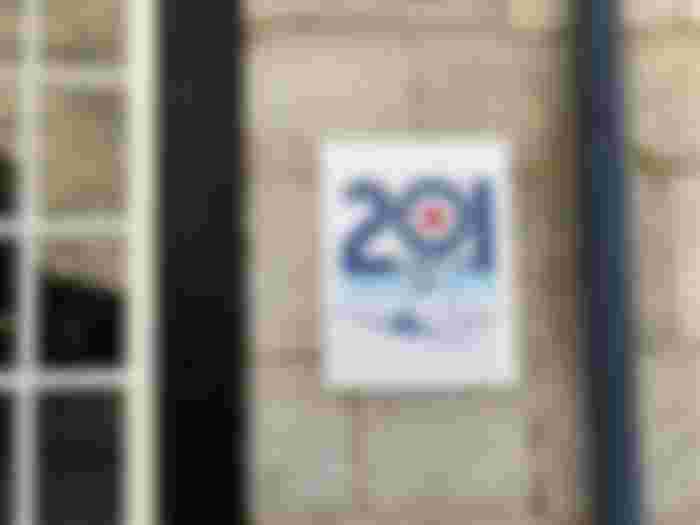
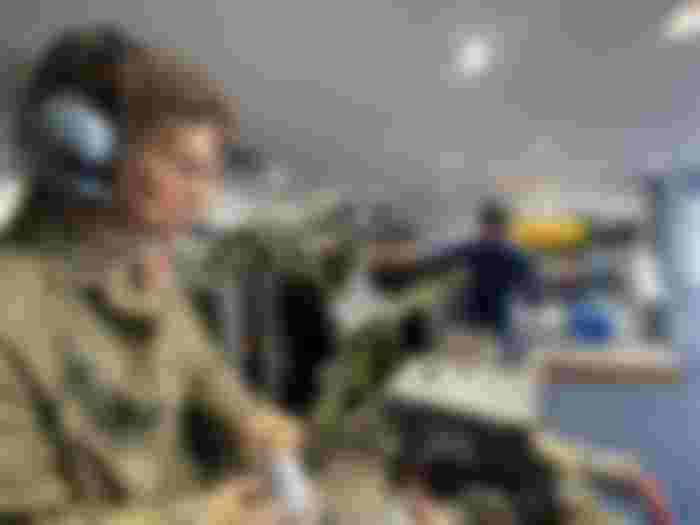
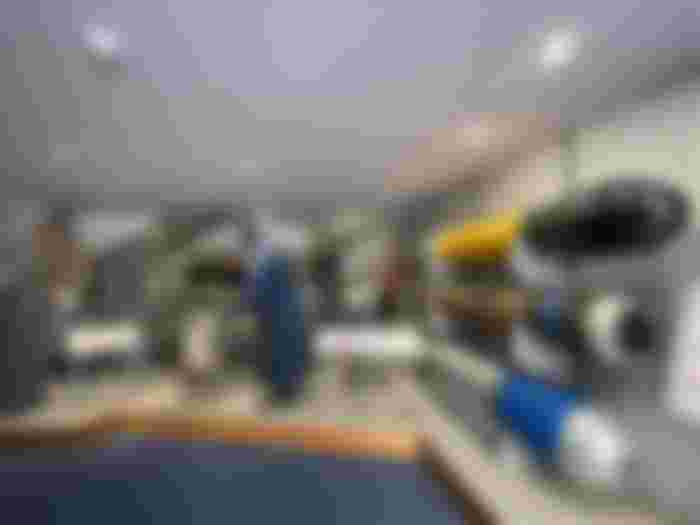
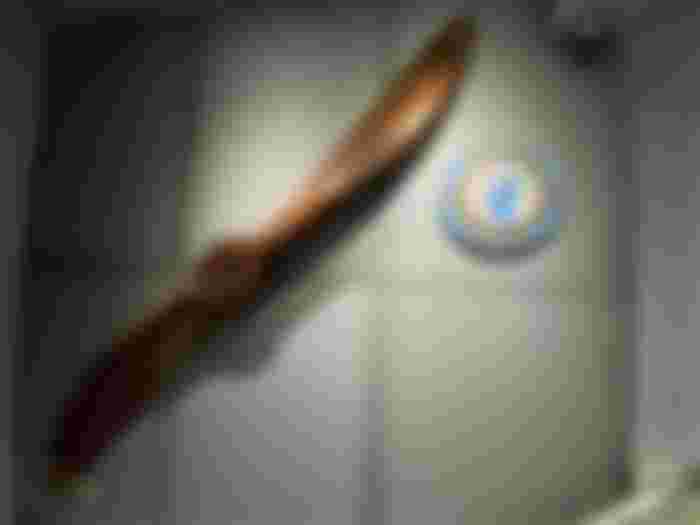
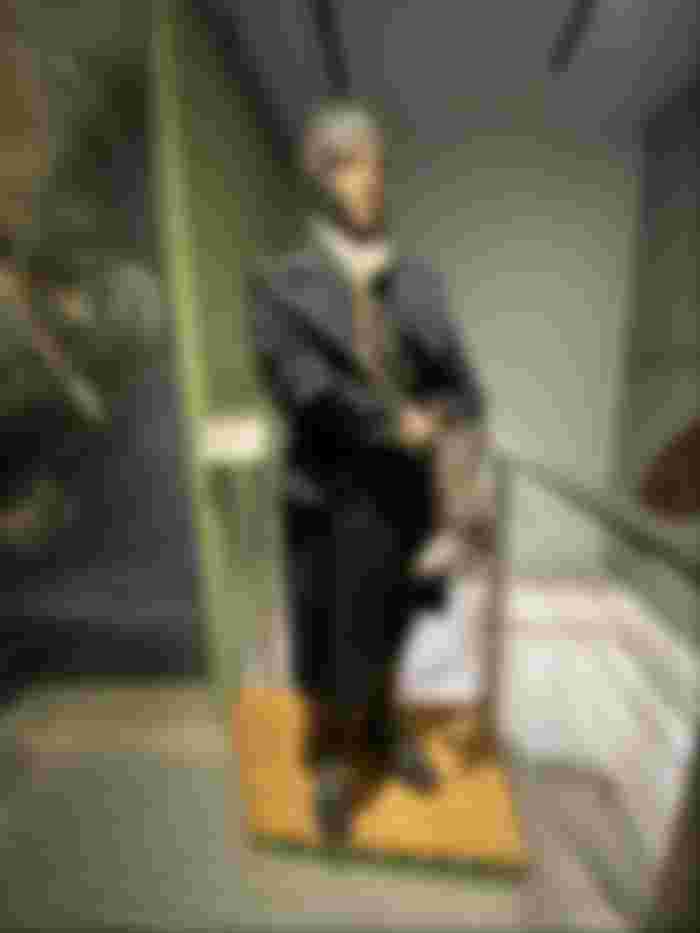
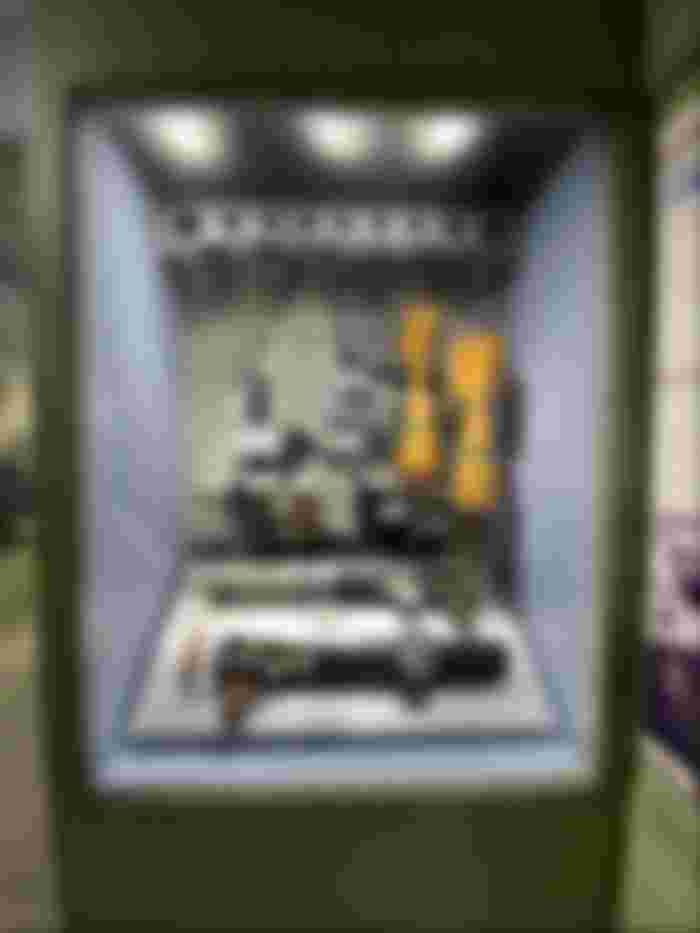
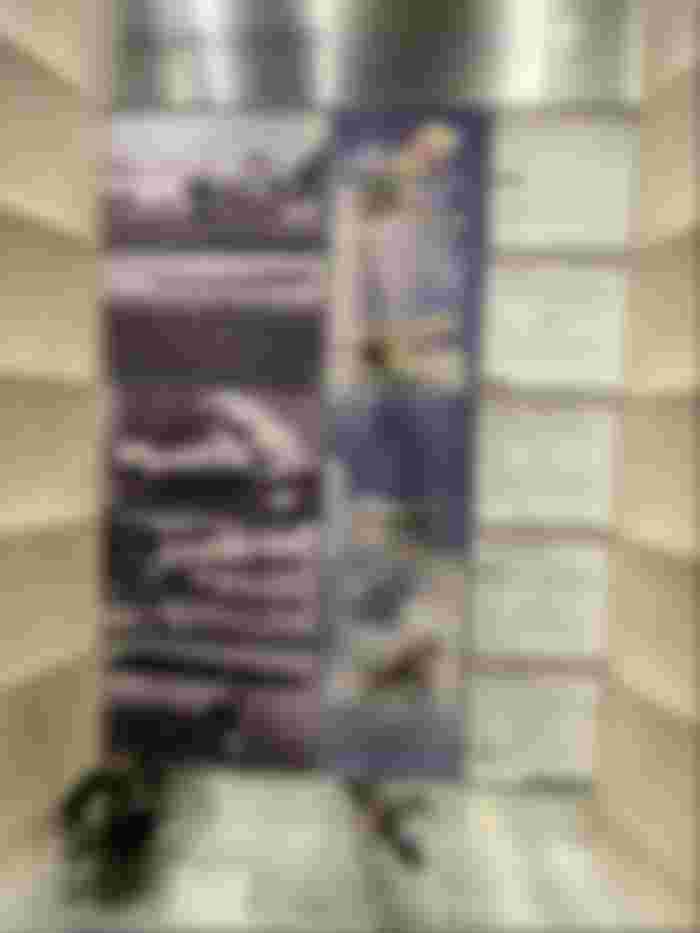
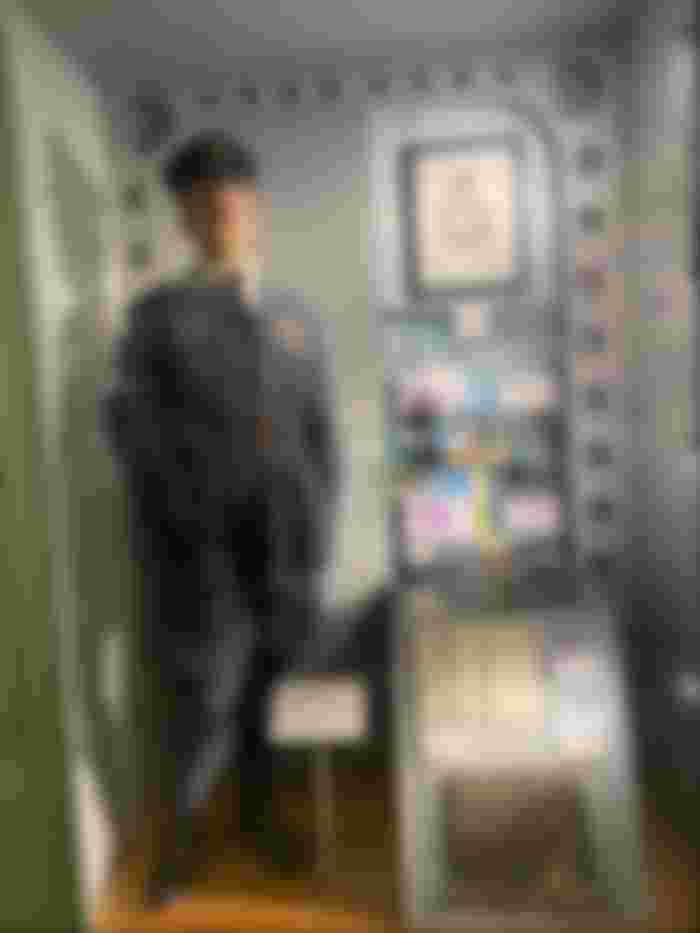

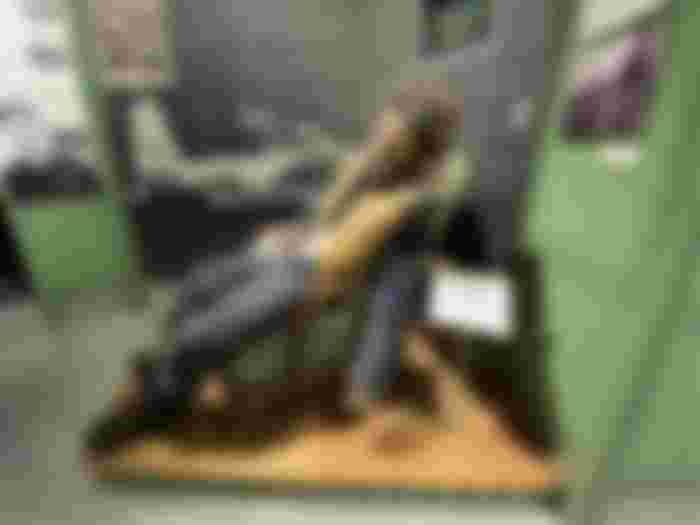
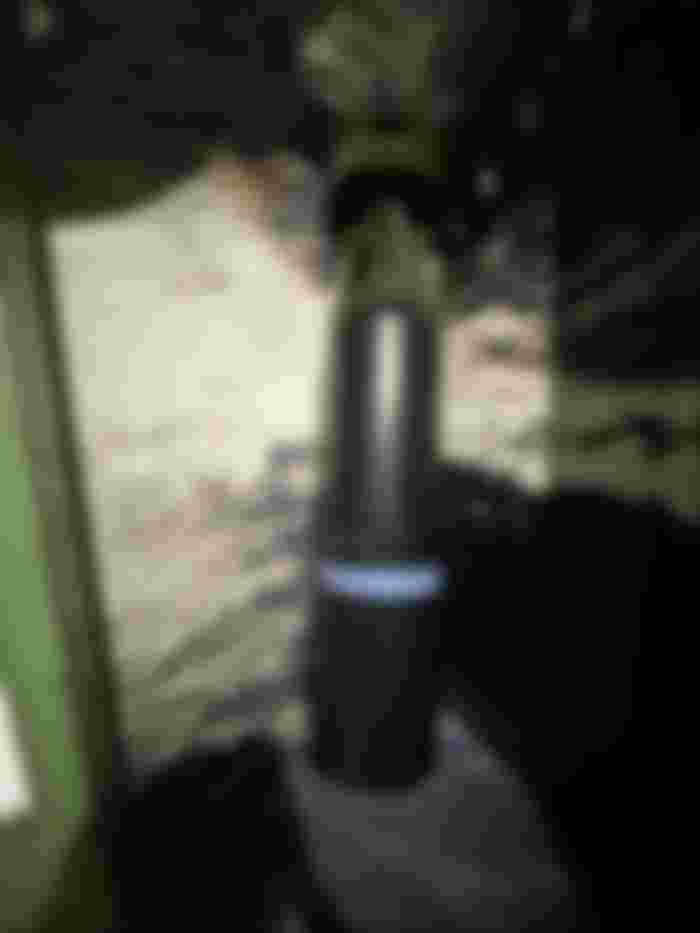

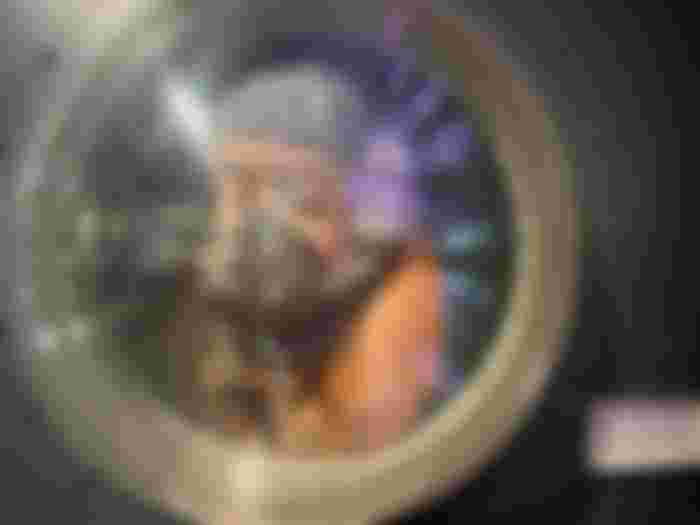

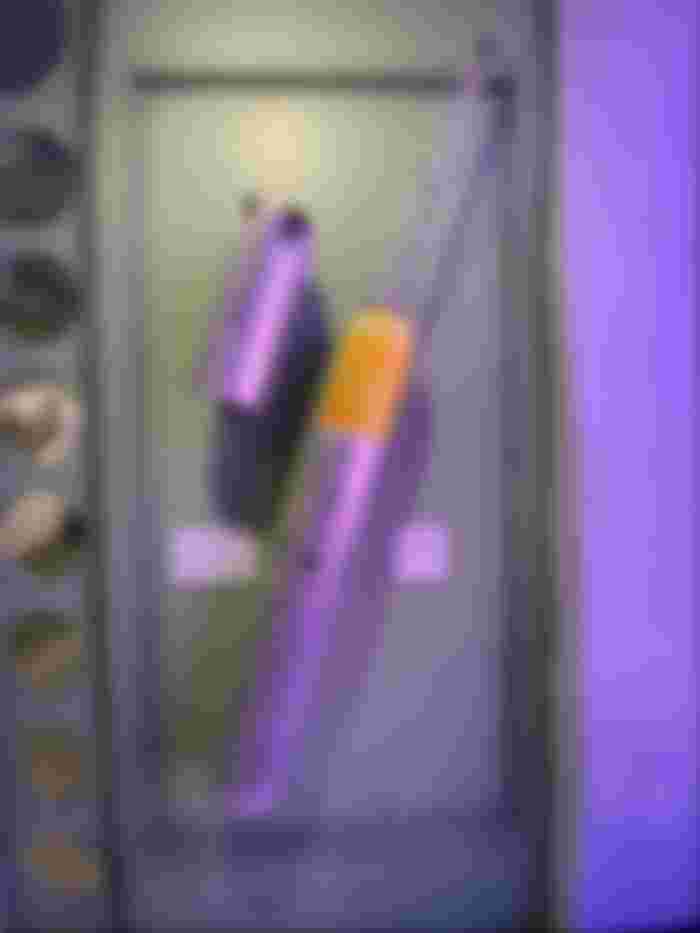


nganung nindot na daan ilang uniform? grabe ang history ani uy...